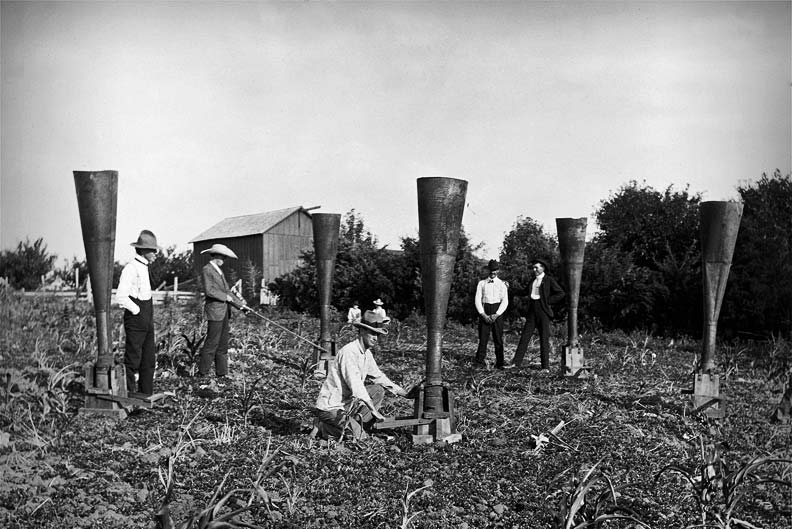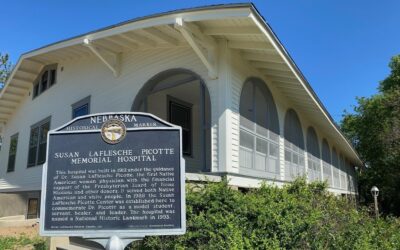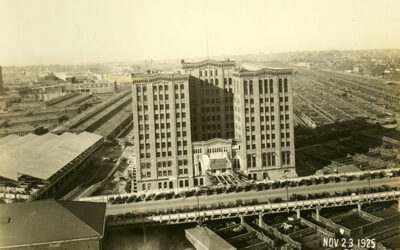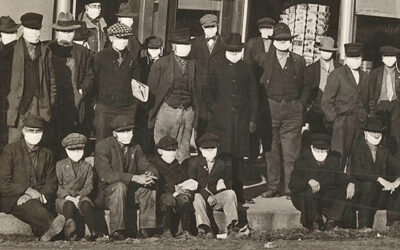
“In 1894 the citizens of Callaway were somewhat confused. They had hired a ‘rain-maker’ to produce moisture in their community, and then, after it had rained, they were not certain that the man was actually responsible for the downpour. Some persons believed that his rainmaking efforts only coincided with those of Mother Nature’s, and did not think he was entitled to payment.”
In the dry “dirty thirties,” workers from the Nebraska Writers’ Project researched earlier attempts at rainmaking. (This was part of the Federal Writers’ Project, a New Deal program designed to create jobs during the Great Depression.) In the Callaway case, “the rainmaker arrived on July 6, 1894 with a wagon-load of rainmaking apparatus which he assembled in a vacant building. ‘The rainmaking machine is a very innocent-looking affair and somewhat disappointing at the first glance,’ remarks the Callaway Courier of that date, ‘but as the stuff that does the mischief is inside, the true inwardness of the contraption is not visible to the naked eye.’ The machine consisted of two ten-gallon earthenware crocks, one of which was referred to as ‘the thundermug,’ the other as ‘the lightning-mug.’ Each had a cover from which extended a four inch pipe. Certain chemicals were placed in the crocks and the machine began its magic function.
“Gaseous fumes poured from the pipes and went swirling off to the north where they appeared to gather into a huge black cloud. The rainmaker informed his curious and hopeful audience that if the cloud brought rain within five days, the experiment was a success. If not, then there was something wrong with the atmosphere.
“For five days the mugs spouted their fumes over the region and then ceased. That night the joyous people witnessed a good soaking rain. The rainmaker was regarded as a genius.”
The more cynical in the community suspected the rainmaker’s “genius” was nothing more than good luck. The editor of the Courier wrote, “The rain was no different from showers which have fallen on this vicinity weekly, since the first of June. The rain would have fallen anyway, even if the rainmaker and his jugs were thousands of miles away.”
Still, a deal was a deal. And one of the great advantages of the rainmaker’s scam was that no one could prove who or what made it rain!
(Photo: Rainmakers in Nebraska, undated. These men appear to be using devices that produce smoke. History Nebraska RG2545-9)



